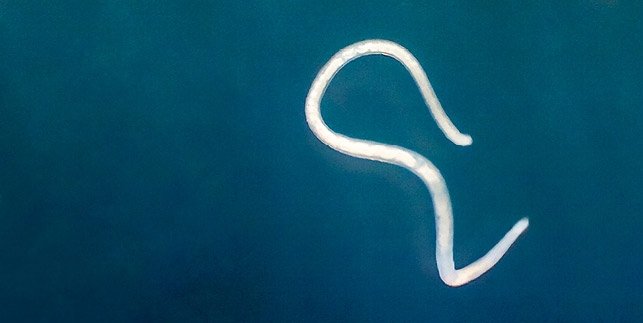
Historical Structural Investigations in the Laboratory
Research topic
The origin of this project is the fact that, although structural research was extremely important and conducted on a very high level in the natural sciences between 1870 and 1930, its results have since disappeared from the typical scope of the laboratory. In the realm of biological materials, the reason for this disappearance is a shift in interest toward the molecular mechanisms of living beings. Hence, the hypothesis of the project is that these historical strata (in the form of literature and objects in the Museum für Naturkunde and the Museum of Applied Arts) contain important new ideas for the realm of bio-inspired, materials-research-oriented structural research (Fratzl/Weiner 2010).
In a different context, interdisciplinary structural research investigations have been developed along a trajectory from D’Arcy Thompson to Buckminster Fuller and from there imported into the design practice of Gestaltung (Eisenman, Foster) and the theory and history of Gestaltung (Alexander). In recent years, approaches to historical structural research (Schäffner 2008) have pursued a transdisciplinary reassessment of the history of structures that extends into the present day beyond the conventional structuralism of the humanities (Lévi-Strauss).
Within this context, the project seeks to reunite these different threads and in particular to connect historically oriented structural research with laboratory research. Under these new conditions, findings that at the time of their discovery were regarded as only observations will now be recognized as innovative. For this reason, historical research will become a systematic part of laboratory work.
Objectives
The project tries to explore, to what extent historical work can acquire new meaning in view of the current state of scientific research and which structure-function relationships are interesting for issues of Gestaltung in materials research, design, and architecture. The question is, why these structures were regarded as important in earlier times, and how and why did they disappear from view and how technological change does (e.g., improved measurement) impact the visual representation, the recognizability, and the potential usage of structures. What selection criteria for engagement with structures (aesthetic, technical, biological) as research objects exist within different historical situations?
Execution
In a collaboration between structural history, contemporary materials research, architecture and design research, and biology/evolutionary research, we will extract the structures and functions described within the historical literature (circa 1870–1930), examine them experimentally in the laboratory, and present them in a research-oriented exhibit at the Museum für Naturkunde, together with the aforementioned exemplary objects. These investigations will focus on several selected examples from bio-inspired materials research, which is also a focus of scientific work at the Max Planck Institute in Potsdam.
In addition to the natural actuators, which are also a subject in the project »Self-Moving Materials«, we will focus on natural materials whose complex inner structure enable the union of contradictory (mechanical) characteristics such as stiffness and resistance to fracture. Examples include bones, the skeletons of glass sponges, the carapaces of insects or arthropods, mussel shells, and plant stems. The diversity of such phenomena is enormous, and a preliminary assessment of books from the beginning of the 20th century shows significantly more detailed knowledge than can be easily accessed by materials research.
These two foci will be assessed by two doctoral candidates or postdocs (one each from the natural sciences and the humanities) in tandem, so that the necessary disciplinary depth (in the respective fields) is obtained. Also, dual supervision by the natural sciences and humanities allows for the desired transdisciplinary scope.
Results
The results of the project will be presented in a research-oriented exhibit at the Museum für Naturkunde together with the aforementioned exemplary objects. In addition, we will create an inventory of older books and articles specially tailored to biomimetic materials research. Whether a book or a data repository is more appropriate to this task will be determined by the research results as well as by evaluating scenarios for future use.

